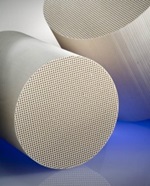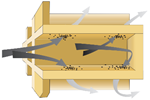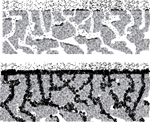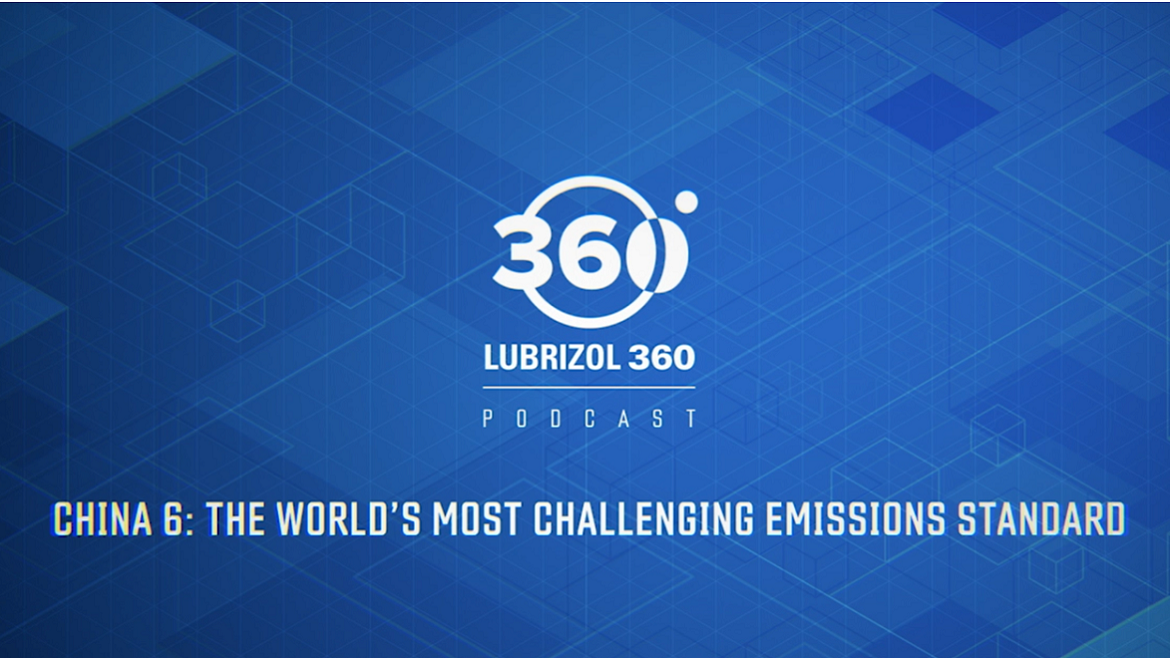May 12, 2020
Posted by Keith Howard, Strategic Technology Manager
For many years, it has been recognized that diesel engines are a significant source of particulates which contribute to poor air quality and represent a health hazard to millions of people across the world. Tightening emissions legislation forced the adoption of diesel particulate filters (DPFs) which have been widely used for well over a decade. More recently attention has turned to gasoline engines, which may produce high levels of particulates compared to DPF-equipped diesels.
Gasoline particulate filters (GPFs) are very effective in enabling gasoline-powered vehicles to operate with very low particulate emission levels. They were originally introduced in Europe for use with gasoline direct injection (GDI) engines which may produce relatively high levels of particulates and are subject to a stringent particulate number (PN) limit. The introduction of real driving emission (RDE) testing as part of the certification process resulted in higher levels of PN than the laboratory based standard test cycle and led to almost universal GPF adoption for GDI use.
 With the introduction of China 6 emissions legislation in 2020, including similar requirements to Euro 6, GPFs are being widely adopted in China. One significant difference in China is that the legislation is “technology neutral” meaning that all engines—not just GDI—have the same PN limit. This will create the need for more than 20 million GPFs per year by 2023 when China 6 RDE requirements are fully phased in. China’s RDE conditions are more challenging than those in Europe due to a wider range of operating conditions, which will lead to GPF adoption on most gasoline engines.
With the introduction of China 6 emissions legislation in 2020, including similar requirements to Euro 6, GPFs are being widely adopted in China. One significant difference in China is that the legislation is “technology neutral” meaning that all engines—not just GDI—have the same PN limit. This will create the need for more than 20 million GPFs per year by 2023 when China 6 RDE requirements are fully phased in. China’s RDE conditions are more challenging than those in Europe due to a wider range of operating conditions, which will lead to GPF adoption on most gasoline engines.

GPFs are constructed from a porous ceramic honeycomb with alternate inlet and outlet channels being capped at the rear and front face respectively (figure 1). The filtration effect of GPFs occurs as exhaust gases are forced to flow through the walls, trapping soot particles (figure 2). The walls may be coated with a catalyst material to reduce gaseous pollutants and to enhance the burn-off of the trapped soot. This burn-off, or “regeneration,” is important to control the back pressure and maintain efficient engine operation.

The filtration efficiency of a GPF—the proportion of particulates removed from the exhaust—is typically lower than a DPF when new and may be in the range of 60 to 70%. As the soot and lubricant related ash build up within the filter, this effectively reduces the size of the pores and improves efficiency, potentially to 90% or higher (figure 3). Soot burn-off during regeneration reduces this again but the ash will remain and produce a more permanent filtration improvement. The negative impact of the ash build up is a non-reversible increase in back pressure, which can impact the engine’s performance and durability. GPFs are low-cost, durable and effective in improving emissions under all operating conditions. They do, however, provide a challenge for the engine oil. The choice of lubricant will have a key influence on the life of the filter and the operating efficiency of the vehicle.
For more information, please contact your Lubrizol representative.
Images courtesy of Corning Environmental Technologies









